The Ancient Legend Of Lemuria – The Mythical Continent That Nearly Became Reality
For many decades, early scientists offered the wildest theories about a mythical lost continent in the Indian Ocean known as Lemuria.
In 2013, a few scientists began to discover what may have been evidence linked to this lost civilization.
19th Century Scientists Believed In a Lost Continent Called Lemuria
To understand this story, it’s important to put aside what you know about the study of DNA, evolution, or plate tectonics.

Source: zeiruch.deviantart.com/ Pinterest
Back in the mid-19th century, a group of scientists with very little evidence determined that there had to have been a lost continent in the Indian Ocean. The group of scientists decided they would call this continent Lemuria.
Many Thought an Extinct Race of Humans Lived On This Continent
Some scientists believe that on this lost continent, there may have lived a race of now-extinct humans, which they referred to as Lemurians.
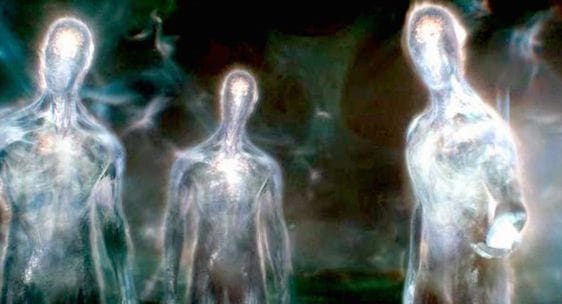
Source: mysteriousuniverse.org s/ Pinterest
These creatures were very different from homo sapiens, as they had four arms and massive hermaphroditic bodies. However, they also believe they were our modern-day human ancestors and perhaps the ancestors of lemurs.
The Idea Flourished for Many Generations
While it may sound a bit absurd now, the idea was popularized for quite some time, including throughout the scientific community and popular culture.

Source: Pinterest
As the idea aged and science, as we know it continued to flourish, the idea of Lemuria slowly faded away and became somewhat of a fictional fairy tale rather than a legitimate theory.
After a Discovery in 2013, The Story Came Back to Life
However, the tables turned in 2013, bringing the story of Lemuria back onto the radar.
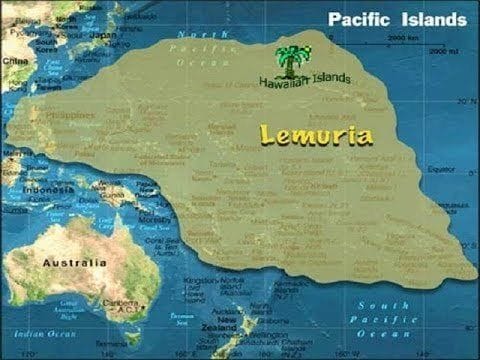
Source: activenorcal.com/ Pinterest
Geologists made a discovery that unfolded a unique fabric which never existed prior. Evidence of a mythical lost continent in the region of fictional Lemuria began appearing once again, giving rise to old theories. Could this be the answer that 19th-century scientists were searching for?
Lemuria First Rose to Popularity in 1864
The idea of Lemuria first came to life in 1864, when British zoologist and lawyer Philip Lutley Scatler devised a paper titled “The Mammals of Madagascar.”

Source: streamingforthesoul.com/ Pinterest
This paper became the catalyst for a theory that would eventually motivate the scientific community to look for evidence of something never seen before. Sclater had his paper published in The Quarterly Journal of Science, a reputable application at the time.
His Observations Were Unique
One of Sclater’s main observations is that there were more species of lemur present in Madagascar than were present in India or Africa.
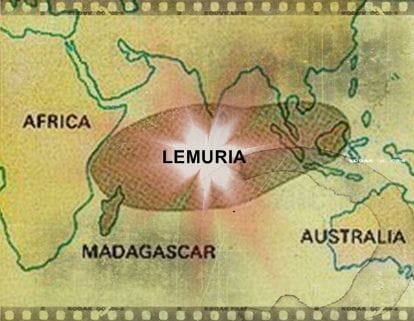
Source: Radomir Rokita/ Pinterest
Essentially, his claims led him to believe that Madagascar was the lemur’s original homeland and that every species of lemur derived from that ancestor was an islander. This theory was a long shot of what had been proposed for many decades.
He Used Fossil Findings as Evidence
Sclater was very perplexed by the unique presence of primate fossils found in India and Madagascar.

Source: Pinterest
It troubled him that the same fossils were not present in the Middle East or Africa. To him, it meant that India and Madagascar were once connected as part of a much larger continent, which eventually disconnected. So, in many ways, Sclater was correct in his assumption.
Sclater Said There Was Once a Large Landbridge
Sclater also proposed that there was once a long land mass that stretched from Madagascar to Africa and India, allowing the lemurs to migrate.
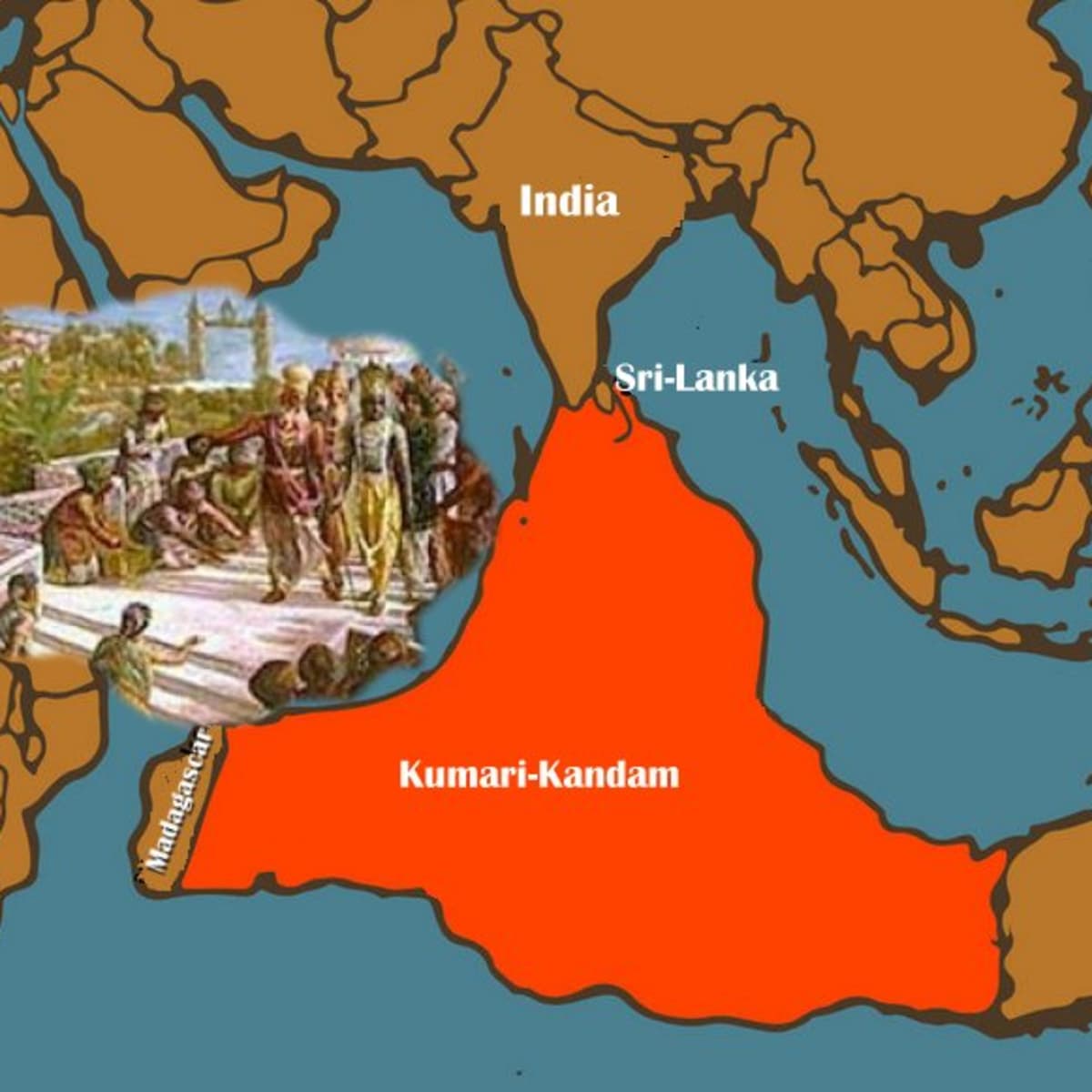
long land mass that stretched from Madagascar to Africa and India
At some point, this major landmass stretched across the southern Indian Ocean in a triangular shape, providing somewhat of a bridge for animals to cross and explore other continents.
Sclater Said This Mythical Island Sunk to the Ocean Floor
However, this large land mass, which Sclater named Lemuria, likely sank to the Indian Ocean floor.

Source: Booking.com
He suggested that it lay adjacent to the southern point of India and the southern point of Africa, stretching all the way out to the western end of Australia. In theory, this was a relatively large island to go missing.
At The Time, Science Was In its Infancy
The science of evolution was still quite young when this theory came around, and many scientists did not widely accept the theories or notions of continental drift, which we now know to be true today.
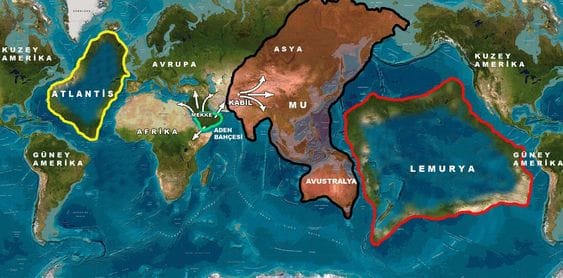
Source: crystalwind.com/ Pinterest
Instead, many scientists developed theories of land bridges to explain the way in which animals were able to migrate from one place to another with such seeming ease and a lack of modern technology.
A Similar Theory Had Been Proposed Two Decades Earlier
A few decades earlier, Etienne Geoffroy Saint-Hilaire, a well-renowned French naturalist, proposed a very similar theory to Sclater, noting the once presence of land bridges.

Source: Pinterest
With other well-regarded scientists in the loop, Sclater’s theory began taking off in the scientific community, as others wanted to know if the mythical island of Lemuria could actually exist.
Other Scientists Began Supporting the Lemuria Theory
In the late 1860s, there were many authors and scientists that began developing their own stories and theories based on the idea of Lemuria.
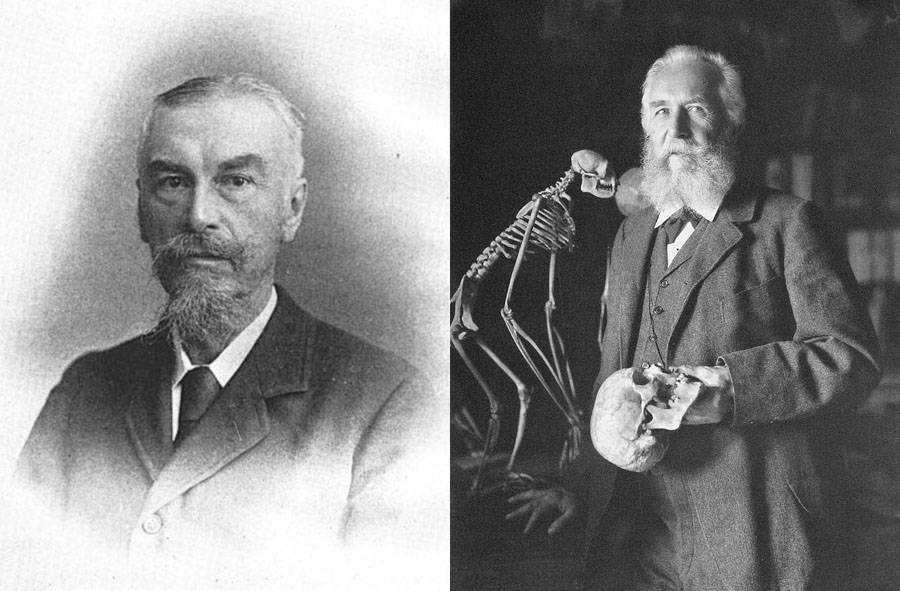
Source: Pinterest
Late in the decade, Ernst Haeckel, a renowned German biologist, began publishing his own work, making claims that Lemuria was the landmass that first allowed humans to migrate from Asia.
In the 1860s, Asia Was the Birthplace of Humanity
Those modern scientists have made it very clear that the so-called “cradle” of humanity, or the birthplace of humans as we know it, was Africa.
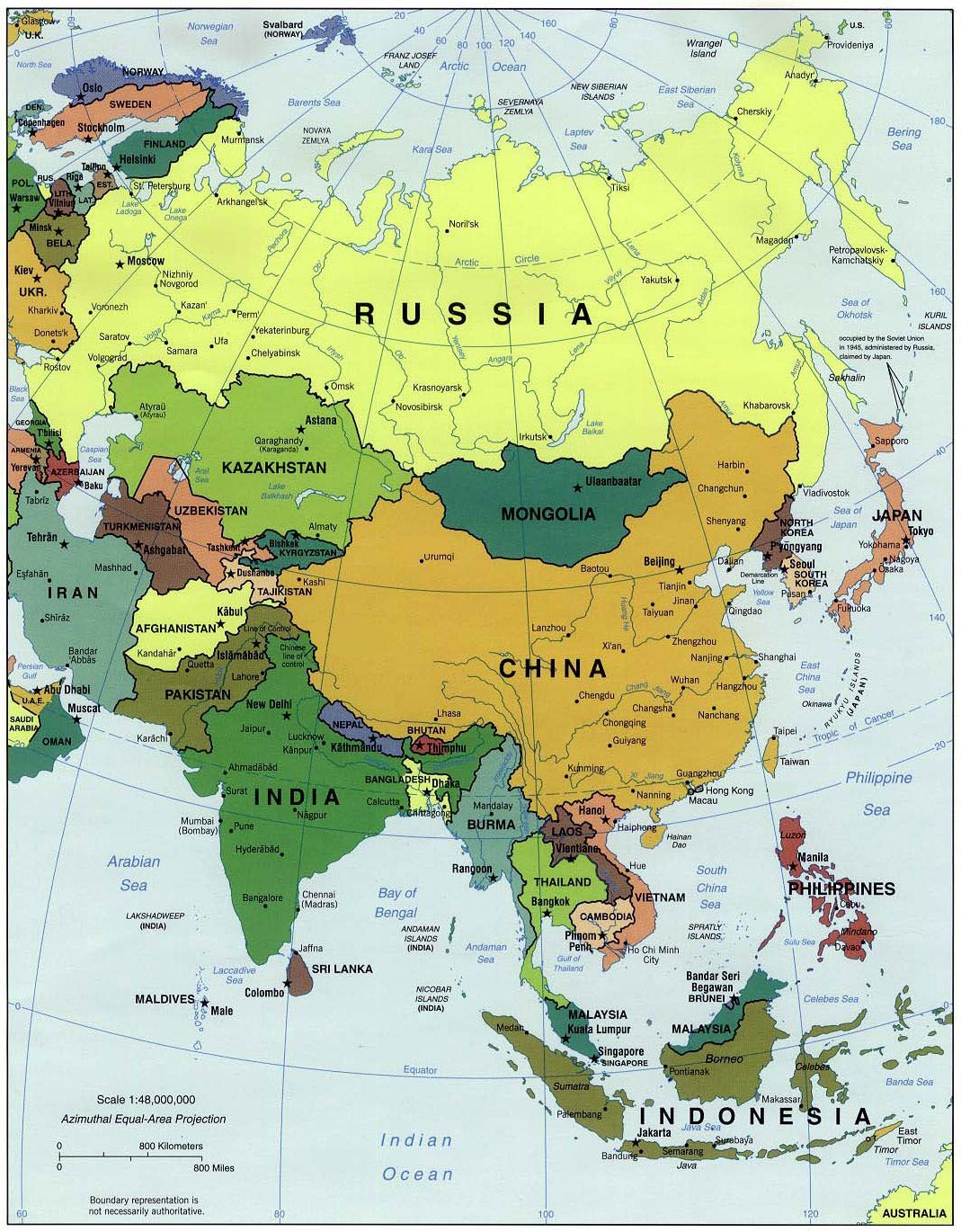
Source: Pinterest
However, at the time, there were many educated people who believed the birthplace of humanity was Asia and that modern-day humans made their way out of Asia and into the plains of Africa.
Haeckel Noted It May Have Been Paradise for Humanity
According to Haeckel, the mythical island of Lemuria was likely a “paradise” for humanity.

Source: Wikimedia Commons
In fact, he wrote that the island was likely the birthplace of humanity. He explained that this tropical continent, which now lies deep beneath the Indian Ocean, had a high probability of nurturing humans for so many years.
A Map Depicting Lemuria Was Drafted
Though we are not sure where it originates, a hypothetical map depicting Lemuria as the birthplace of humankind was drafted.

Source: telos-i-lemuria.blogspot.com/ Pinterest
Many believe the map belongs to Ernst Haeckel. The arrows on this unique map present theories of spreading human subgroups across the lost continent. In a way, these arrows provide theoretical migratory patterns.
Theories Surrounding Lemuria Persisted Well Into the 1900s
The scientific community received quite a bit of help from Haeckel, so much so that the theories of Lemuria persisted well into the early 1900s.
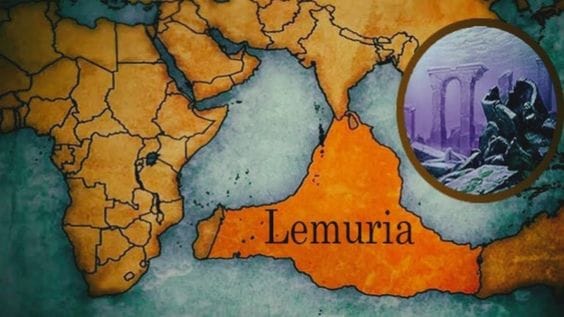
Source: Youtube.com/ Pinterest
These theories were often discussed in parallel with the mythical story of Kumari Kandam, which was a fictional lost continent believed to be deep beneath the Indian Ocean. Experts once said that this island housed the civilization of Tamil.
However, Modern Science Began Telling Us Otherwise
As modern science came into the wake, there were more theories based on the discovery of ancient human remains and artifacts to solidify our birthplace in Africa.

Source: Youtube.com/ Pinterest
Nowadays, Africa is the undisputed cradle of humankind. Of course, these 19th-century theories came about long before modern seismology and our understanding of how plate tectonics shifted the continents which were once connected.
The Secret Doctrine Was a Major Proponent of Lemuria
Without modern science, however, experts in the community continue to embrace the idea of Lemuria.
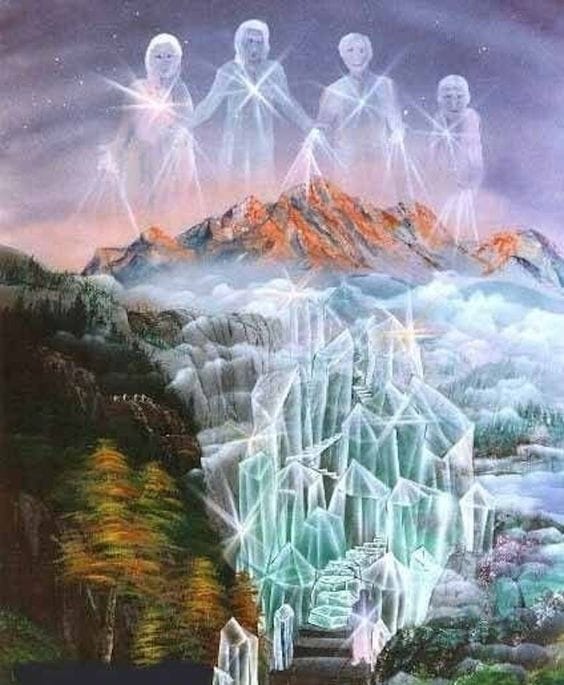
Source: crowdcast.io/ Pinterest
Elena Blavatskaja further solidified the theory after publishing The Secret Doctrine in 1888. Blavatskaja was a Russian author, medium, and occultist. The theory in her book proposed that there were once seven distinct races of humanity, and home to one of them was Lemuria.
According to Blavatskaja, This Race of Humans was Massive
In The Secret Doctrine, she depicts these Lemurians as four-armed, 15-foot-tall, hermaphroditic peoples, which once thrived alongside the ancient dinosaurs.
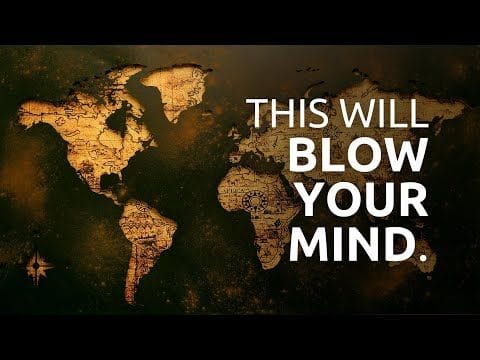
Source: Youtube.com
Her book gave rise to many fringe theories, which suggested that the people in Lemuria evolved into modern-day lemurs. Of course, we know all of this to be fiction now.
Lemuria Eventually Found Its Way Into Popular Fictional Media
Lemuria eventually found its way into popular culture, including movies, novels, and comic books. The 1940s was a popular time for Lemuria fiction.
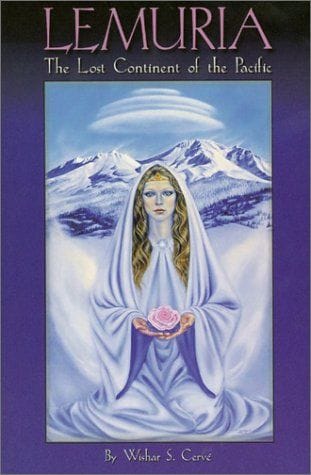
Source: Mysteries Around/ Pinterest
However, at this point, there were many people that had never heard of the Lemuria theory before and were wondering where these filmmakers and authors derived their wild ideas. Ironically enough, these artists had received their ideas from writers and scientists around 75 years prior.
By 2013, Most Theories Surrounding Lemuria Had Dissipated
Moving into 2013, just about any legitimate scientific theory of a lost continent that was once a land bridge for a migratory group of ancient, 15-foot, four-armed lemurs had died out. By this point, everything regarding Lemuria was seen as fiction or a wildly uneducated ancient idea.
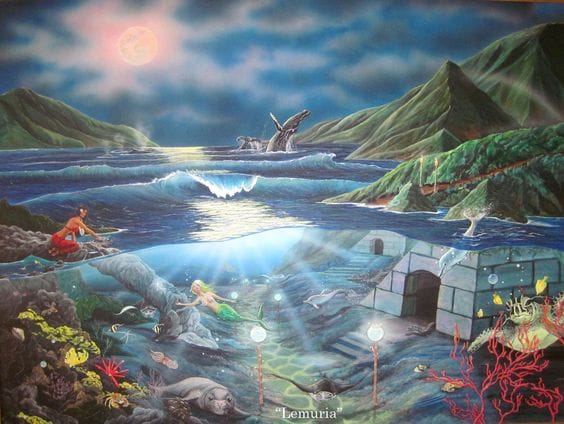
Source: kahunaresearchgroup.org/Pinterest
That was until geologists began discovering traces of what they believed to be a lost continent in the Indian Ocean.
Suspicious Fragments Were Found In the Ocean
While out exploring the Indian Ocean, just south of the coast of India along an ocean shelf, which extends toward the country of Mauritius, a few hundred miles south of India, scientists began discovering fragments of granite.

Source: Cristian Palmer/ Unsplash
This was certainly an odd place for granite fragments to be, telling scientists there could be something they were missing.
Geologists Found Zircon on Mauritius
Upon exploring Mauritius, geologists discovered zircon, which was odd, considering the fact that the island only came to fruition around two million years ago.

Source: India Mitchell/ Pinterest
Thanks to the surrounding volcanoes and the shifting of the Earth’s plates, the island rose slowly out of the Indian Ocean, becoming a small landmass.
Unfortunately, the Zircon Was Not a Clue for the Island
However, the theories did not hold up upon further examination.
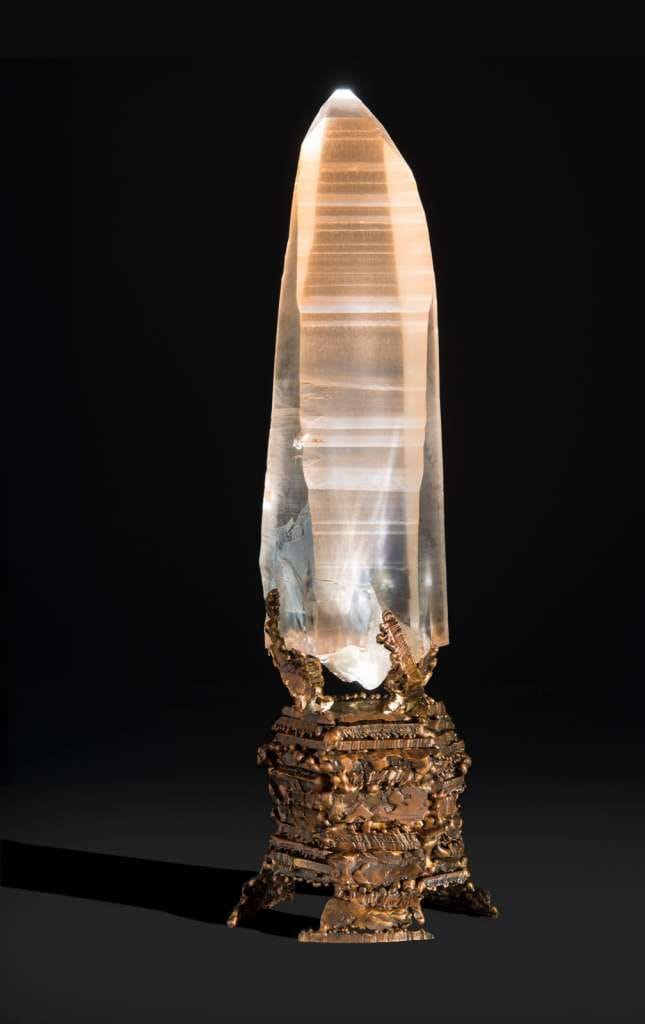
Source: Pinterest
The zircon that they had found was dated back to three billion years ago, many millions of years before the island of Mauritius formed. Essentially, this zircon had to have belonged to a much older landmass.
Scientists Speculated It Was From a Much Older Landmass
Exploring this landmass and finding three-billion-year-old zircon was the first instance in many decades that Sclater’s story of Lemuria came back into the fold.
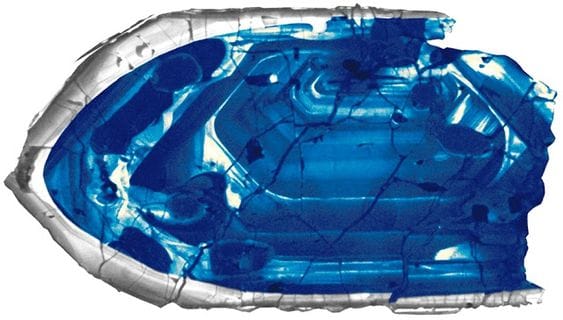
Source: geologyin.com/ Pinterest
Scientists theorized that the zircon they found came from a much older landmass, which sunk into the Indian Ocean at the precise point where Sclater believed Lemuria existed. However, modern geologists referred to the lost continent as Mauritia.
Mauritia Disappeared Many Millions of Years Ago
Based on geological data and plate tectonics, experts note that Mauritia disappeared into the Indian Ocean about 84 million years prior.

Source: coolhunting.com/ Pinterest
During that time, the Earth was in a vast shifting period, still in its formation infancy, turning into the large series of landmasses that we know it as today.
This Theory Almost Lined Up with Sclater’s Claims
The claims almost lined up with what Sclater had once written about, though new evidence lays claims to rest that there was once a race of lemurs that evolved into humans after passing over a large landbridge.
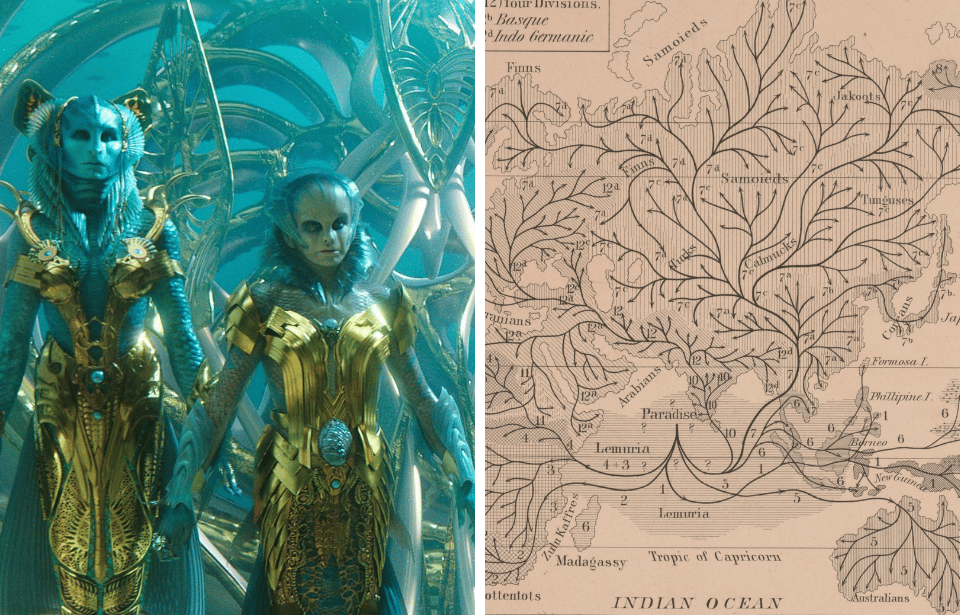
Source: The Vintage News
In a way, this was somewhat of a bittersweet victory for Sclater, watching some of his theories come to fruition, with others wiped under the rug.
However, Lemurs Evolved on Madagascar Much Later
Scientists now know that Mauritia disappeared around 84 million years ago.
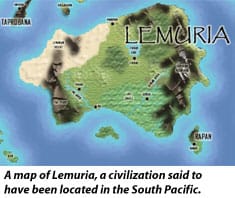
Source: Token Rock/ Pinterest
However, we also know that lemurs did not evolve in Madagascar until around 54 million years ago. At the time, Madagascar was much closer to mainland Africa, and scientists suspect the lemurs swam to the continent, where they would continue evolving for many eons.
In a Way, Sclater Was Somewhat Right About His Theory All This Time
When all is said and done, Sclater and a few of the other 19th-century scientists were partially correct about the existence of Lemuria, despite having limited knowledge and tools.

Source: people.wku.edu
We now know that there was never a lost continent that suddenly vanished, sinking into the Indian Ocean without a trace. However, we do know that there was once an island long ago, which is now gone forever.
Some Believe Lemurians Still Exist Today
There are still some esoteric believers out there who think Lemurians are still alive and well today.

Source: Active NorCal
Any deep dive on the Internet with the discovery of Lemurian culture in mind will lead you to websites that believe Lemurians for once a highly advanced society, who lost it all to the depths of the ocean, similar to the people of Atlantis. Some even believe in a rare type of Brazilian quartz, referred to as Lemurian Seed Quartz, which Lemurians once used to encode secret knowledge and share their story with future generations.
